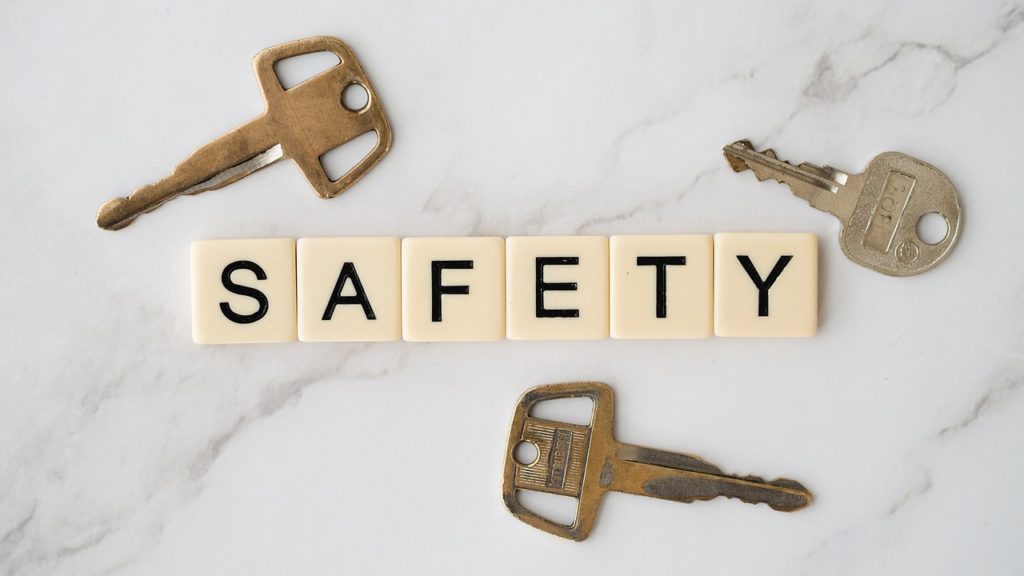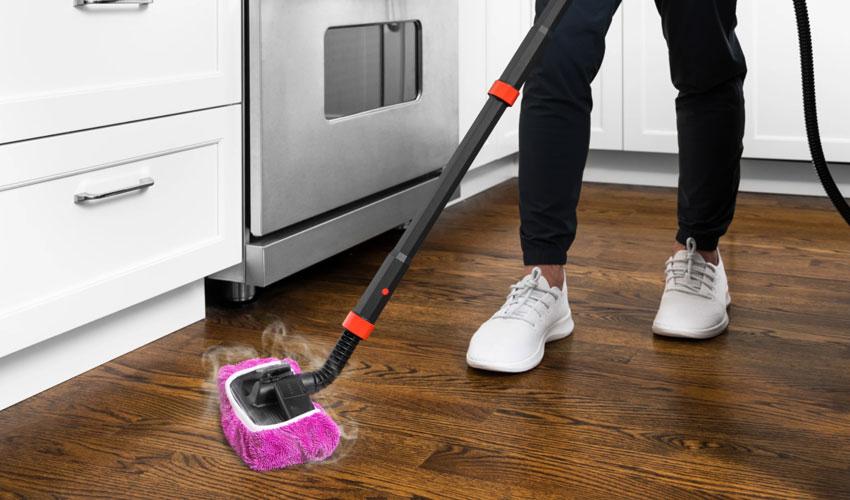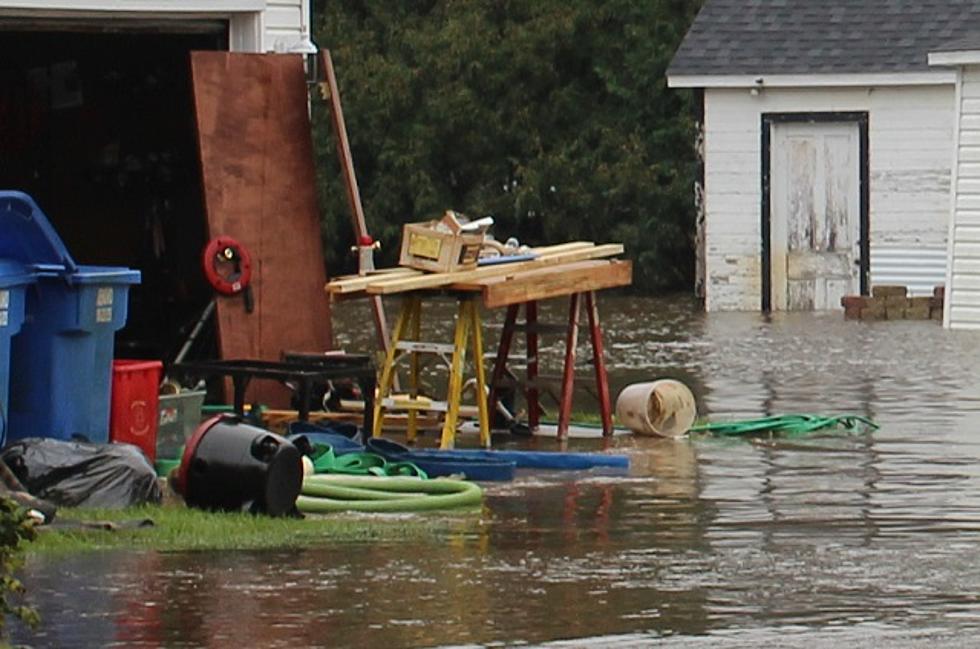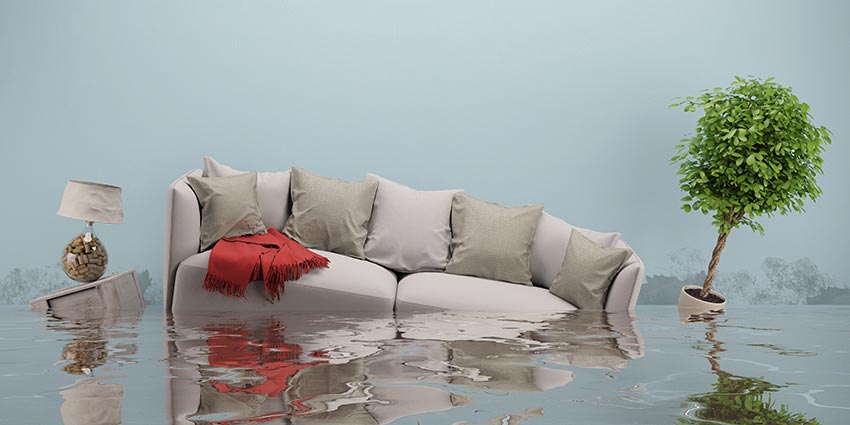If you’re an Ohio homeowner, there are few things more frightening than the prospect of your home flooding in a storm. It’s a situation that you have very little power to control or prevent. And your home might suffer catastrophic damage that requires months of costly cleanup and repairs.
But that doesn’t mean there’s nothing that you can do to try and lessen the impact of storm flooding on your home if it happens. If you handle the situation in the right way, you can mitigate the effects of flooding on your home. And while you can’t prevent all of the damage it suffers, you can work to reduce it and make the cleanup easier.
To help you prepare to deal with storm-related flooding in your home, here are six steps to take – in order – that will help you get through a flood and get started with the recovery.
Keep Yourself And Your Family Safe
The first thing you should do if your home begins to flood is to take steps to assure the safety of everyone in your home. If the flood becomes severe, you may have to evacuate and seek shelter elsewhere, so work out a safe evacuation route and prepare an emergency bag with any supplies and clothing you might need.
Then, turn off the power to your home as early as you can, before water can reach any outlets or your main electric service panel. If you forget to do this, it could be hazardous to return to your home even after the water begins to recede. And when you do return, be sure to throw away any food items that the water reached in your pantries and cabinets. Even food that was near standing water for any length of time should be discarded – better safe than sorry.

Stop Water Flows And Begin Water Removal
When you return to your home, or if you’ve stayed to battle the flooding, the most important thing you can do is try and find ways to stop or reduce the flow of water into your home. If you can create a barrier of sandbags or other waterproof materials around where the water has entered your home, you can begin the task of removing the water that’s already inside.
You might need to rent or purchase an electric or gas-powered pump to remove water from your basement if your home has one. You may wish to contact a plumber in West Chester Ohio to help you if you’re not confident in working with such equipment. Floors at ground level and above may be drained of water with nothing more than a siphon – a garden hose works well if there’s no debris in the standing water. When the water level is low enough, you can use a wet-dry vacuum to remove what’s left.
Begin To Dry Out Your Home
One of the worst kinds of damage your home might suffer in a flood isn’t from the standing water, it’s from the humidity level it creates in enclosed spaces. When the humidity in your home stays high for too long, harmful mold and mildew will begin growing everywhere. It can be in your walls, floors, and ceilings. And once it’s there you’ll be dealing with a much larger problem.
So once you have the standing water out of your home, you have to work to lower the remaining humidity. To do so, you can open up windows (if it is safe to do so), use large fans to dry out carpets and flooring, and portable dehumidifiers to draw moisture out of the air. The faster you can do this the greater the chance that your home will escape without any damage from mold.

Contact Your Insurer
If you have a homeowner’s insurance policy that covers storm-related flooding or natural disasters, you’ll need to contact your insurer to file a claim for the damages. It will help if you document the damage with as many photos and detailed descriptions as you can. Your insurer will arrange to send a claims adjustor to do a walkthrough and confirm the damage your home suffered.
If the storm that flooded your home was a major weather event, you may also be eligible for assistance from FEMA. The local and state government will let you know how to contact them if they declare a disaster. And while you may have to wait some time for help, it will still help to lessen the flood’s financial impacts and help you restore your home.
Dispose Of Flood-Damaged Items
The next thing to do is begin the process of cleaning up your home. You should begin by throwing away any furniture or other large items that aren’t salvageable. If you need to hire a roll-off dumpster to do so, make arrangements for it before you begin working. If the damage is especially severe, you might wish to hire a professional cleaning crew to help you with the work.
Then, you will need to hire a company that specializes in mold removal. They will send a technician to your home to test the air and any suspected locations of mold growth for the presence of harmful mold. If they detect any, they will help you to develop a removal and mitigation plan to deal with the problem. If you managed to remove the water and humidity from your home in a hurry, the problem might be minor. But it’s critical to make sure your home ends up mold-free or it won’t be safe to go back to living in it.

Begin Repair Work
Once your insurer pays you for your claim, you can get to work repairing your damaged home. Depending on your skill level and willingness to get your hands dirty, you may be able to handle some of the work yourself. But you should also be sure to hire licensed and accredited professionals for any serious repairs to make sure they stand the test of time.
This is especially the case if your home suffered any structural damage due to the flood. You may need to have walls or floors rebuilt or replaced if the water has compromised their structural integrity. That may also involve hiring an electrician or a plumber in West Chester Ohio to reconnect any outlets or pipes in the affected walls. And it’s not an area where you should cut corners. Getting everything right the first time will let you get your home back to normal faster and protect its value.
Home Sweet Home
Although nobody wants to see their home threatened by flooding from a storm, it is possible to get through it with a minimum of damage and disruption. Planning ahead will help you to remember just what to do and you won’t succumb to panic and fear. If you act fast and take the steps listed here right away, you might save yourself – and your home – an awful lot of trouble.






